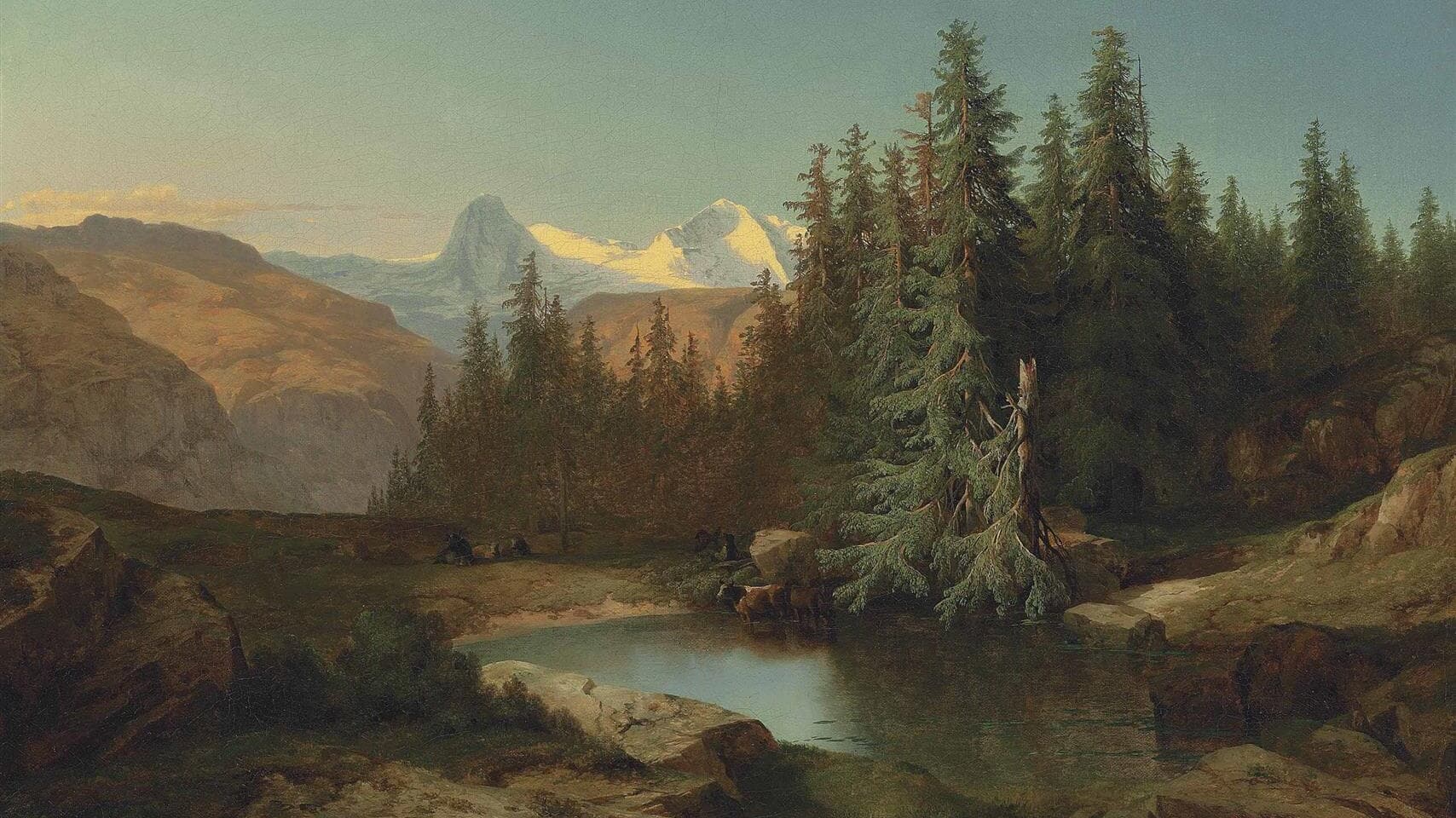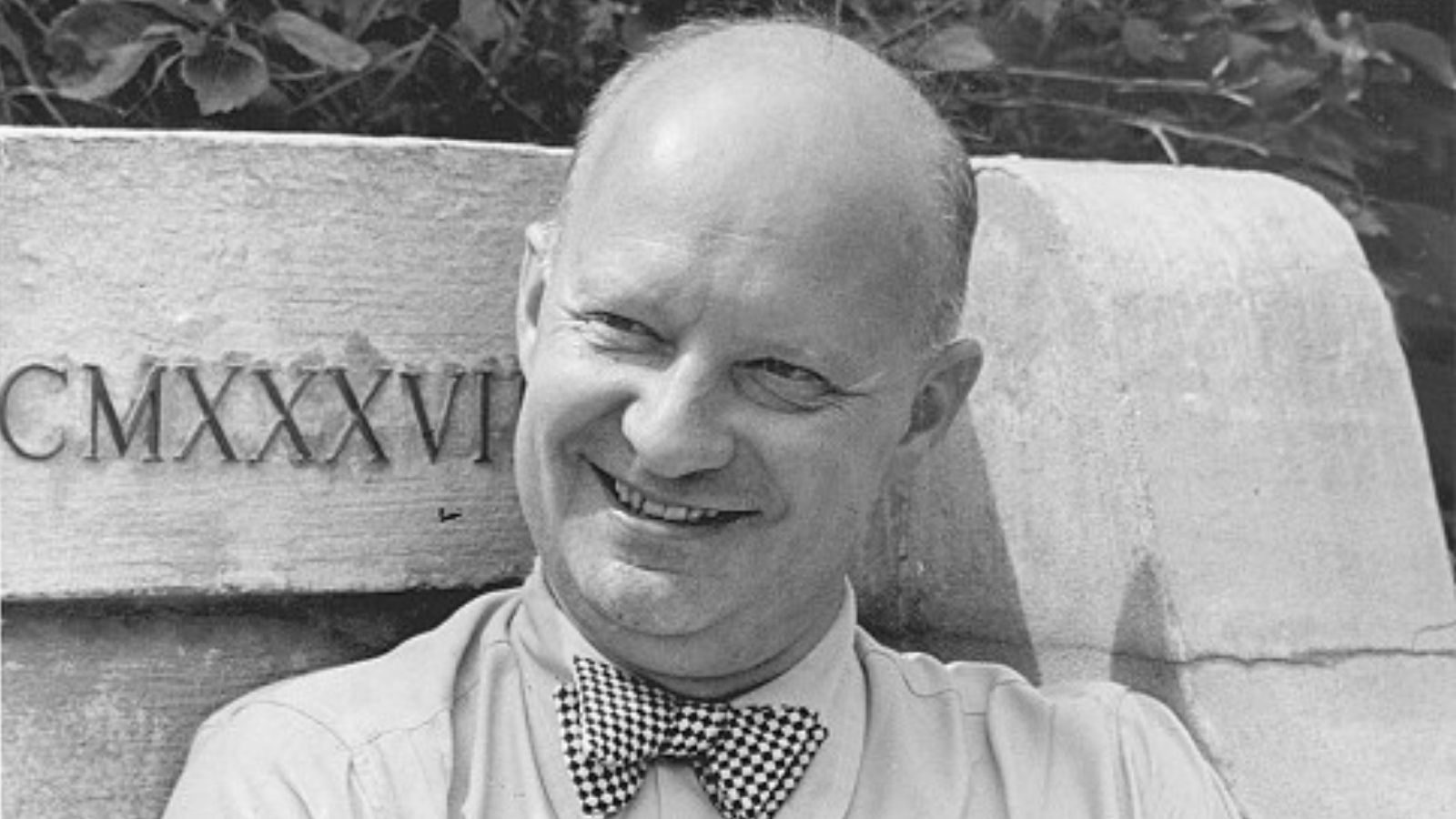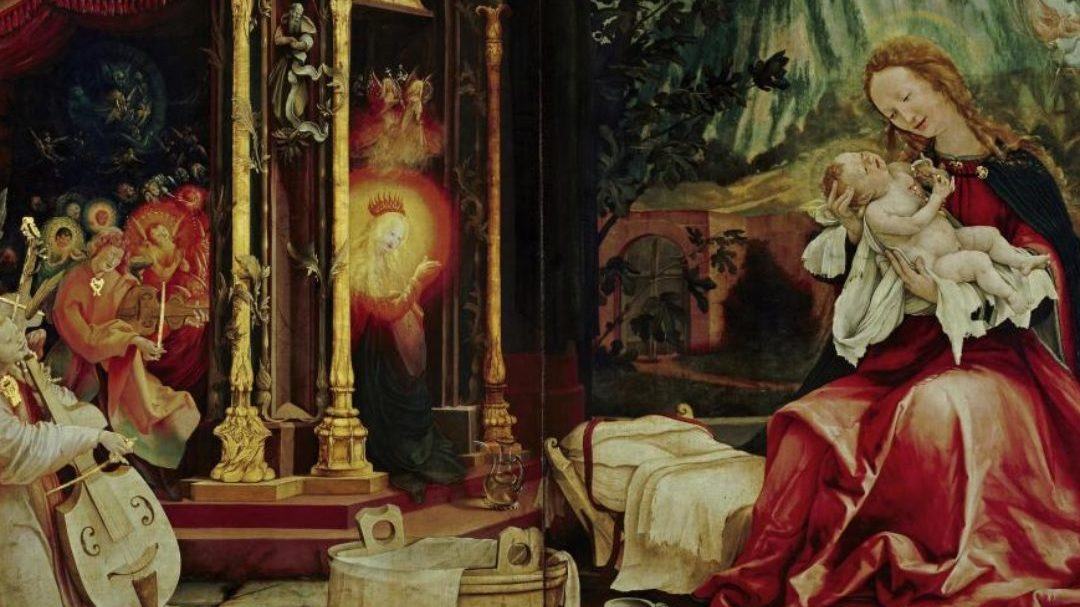Hindemith’s Harp Sonata: Songs and Images
German composer Paul Hindemith (1895-1963) had a deep fascination for the colors and technical capabilities of musical instruments. Principally a violinist and violist, Hindemith was proficient on numerous other instruments, including the piano, bassoon, clarinet, and cello. He composed more than forty sonatas which encompassed nearly every standard orchestral instrument. His orchestral music unfolds with a sonorous majesty. The composer considered many of the sonatas to be technical exercises, written concurrently with …






